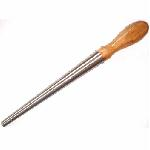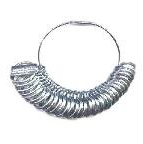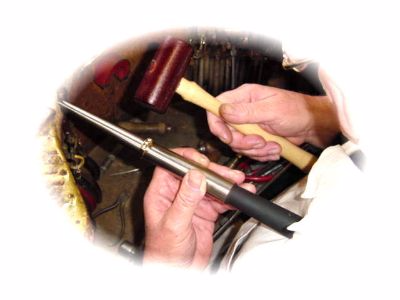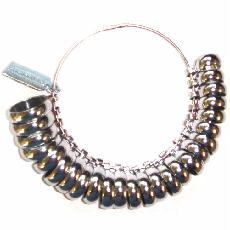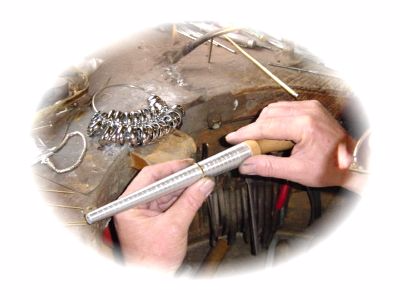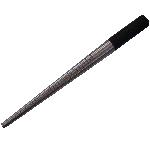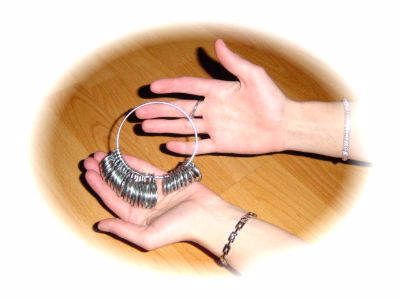Wheatsheaf Ring Sizing Tools - We are still open during covid19
General information about Wheatsheaf and using Wheatsheaf Products.
To size rings accurately you need a Wheatsheaf ring stick and sizes. To size rings up to 3mm must be to the center of the line on a Wheatsheaf ring stick. To size 4mm and above size rings, must be to
the leading edge of the line on a Wheatsheaf ring stick.
In 1898 in the UK, Wheatsheaf brought the scale in of the alphabet A-Z to size rings as
there was no other way of measuring at this time. People was glad of this as there was now an accurate standard to work to which was made by Wheatsheaf.
In 1920 the BSI brought in a new standard called British Standard (BS6820) which was a replica of the Wheatsheaf sizing system using the alphabet A-Z, this standard was not as accurate as the
Wheatsheaf sizes, so people used only Wheatsheaf, which brought the British standard sizing system to be withdrawn in 1987. From 1987 onwards Wheatsheaf is the UK / British sizing system using its
A-Z alphabet.
Since the mid 80's there have been many replicas of the Wheatsheaf alphabet size system products on the market which are inaccurate. If a ring sizing product has not been made by Wheatsheaf it is a
replica and is not guaranteed to size accurately.
Other useful information with Wheatsheaf
In 1986 Wheatsheaf brought in the scale called ISO which was then joined by the BSI (ISO86531986), this was a sizing system that could be used world-wide, and unfortunately people didn't like this
scale so it has never really been used, but is still available by Wheatsheaf. At this same time Wheatsheaf brought in 1-36 sizes for Europe, 1-15 for USA and a Japanese scale. In 1993 the BSI joined
Wheatsheaf in the scale of sizing for the whole of Europe to use; this is 1-36 (BSEN28653). This scale again hasn't really taken off.
Wheatsheaf Guarantee the Accuracy of all our Ring Size Tools You can be sure that all your ring sizes will be accurate when using Our Jewellers Tools. Wheatsheaf Manufacturers of Jewellers Tools and
Supplies.Jewellers Tools Ring Size Sticks in English Sizes and International sizes.Jewellers Tools Finger Size Gauges Jewellers Equipment.Jewellery Tools Triblets and Mandrels.Jewellers Tools Disc
Cutting Equipment.Jewelry Buffing Sticks.Jewelry Bangle Making Equipment.Jewellers Polishing Supplies.Jewellery Making ring sizing tools of the highest quality...
<< New text box >>

